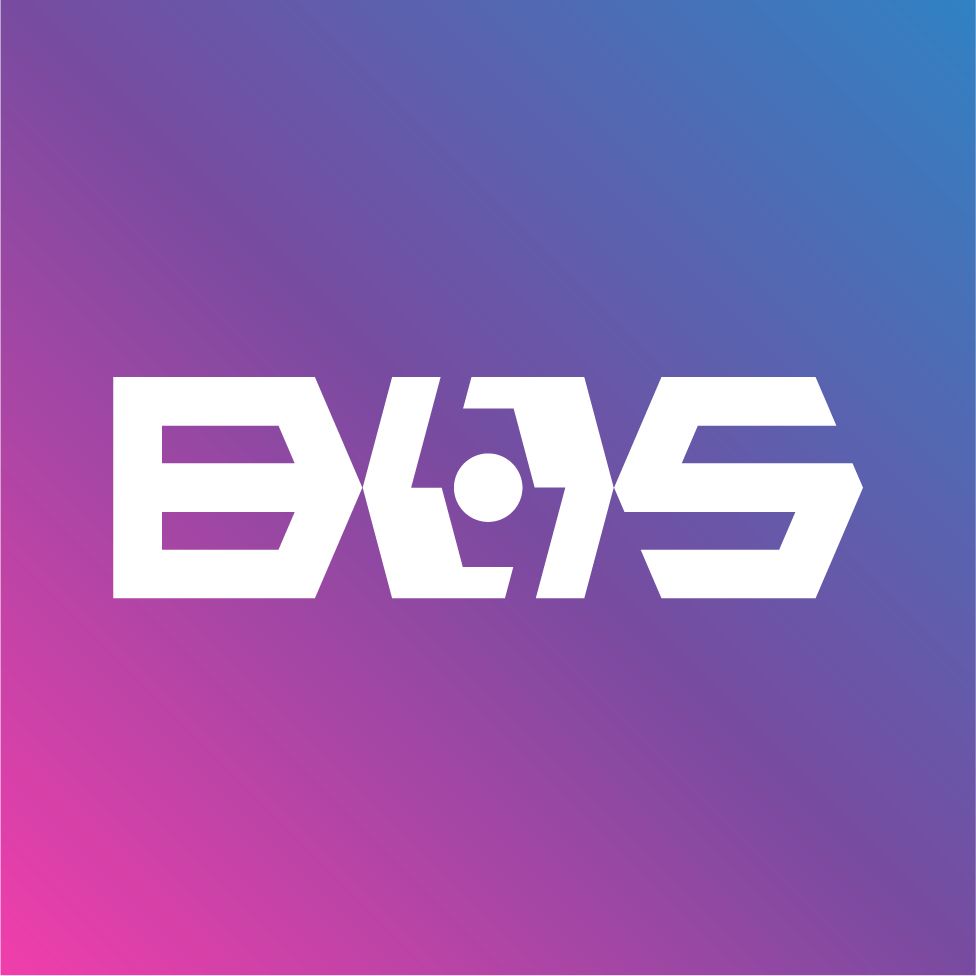347 reads
Facilitating Failure Resistance with the Dual Oracle Design
by
November 29th, 2022
Audio Presented by

The Blockchain Oracle Summit is the only event in the world to focus solely oracles.
About Author
The Blockchain Oracle Summit is the only event in the world to focus solely oracles.
